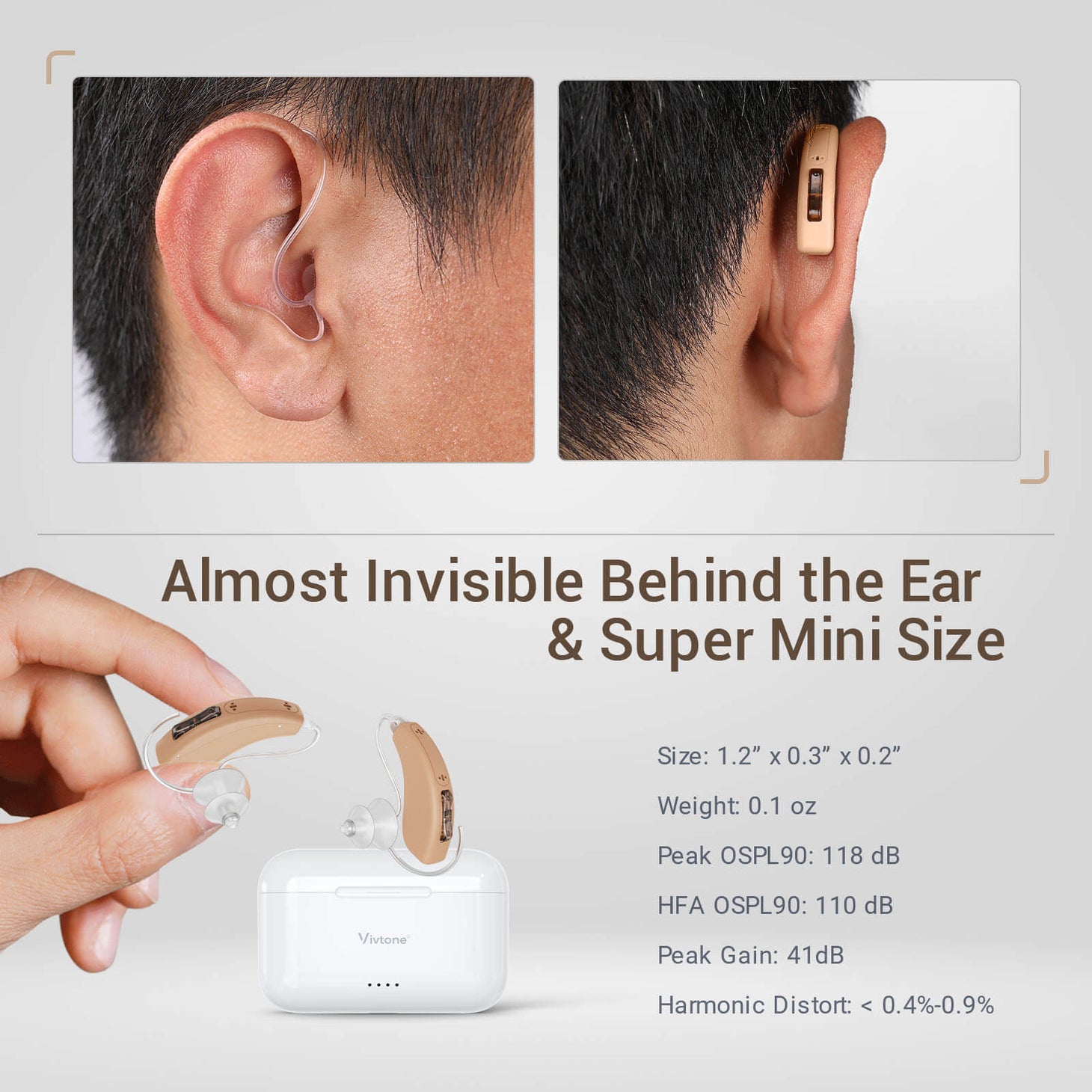When it comes to understanding the true cost of invisible hearing aids, there are several factors to consider. From the initial financial investment to the long-term maintenance and quality of life improvements, it's essential to have a comprehensive understanding of what you should know before making a decision.
Initial Financial Investment
One of the first things to consider when evaluating the cost of invisible hearing aids is the initial financial investment. While invisible hearing aids may have a higher upfront cost compared to traditional hearing aids, they offer a discreet and convenient solution for individuals with hearing loss. It's important to weigh the benefits of improved confidence and comfort against the initial price tag.
Long-Term Maintenance
Another aspect to take into account is the long-term maintenance of invisible hearing aids. Understanding the true cost of invisible hearing aids involves considering the expenses associated with battery replacements, professional cleanings, and potential repairs. While these ongoing costs may add up over time, the benefits of clear and natural sound quality can significantly enhance the overall value of invisible hearing aids.
Quality of Life Improvements
It's crucial to recognize the intangible benefits that come with investing in invisible hearing aids. The true cost of invisible hearing aids extends beyond financial considerations and encompasses the improvements in quality of life. From better communication with loved ones to increased confidence in social settings, the impact of invisible hearing aids on overall well-being is invaluable.
Choosing the Right Provider
When navigating the landscape of invisible hearing aids, selecting the right provider is paramount. A reputable provider will offer comprehensive support, including thorough evaluations, personalized fittings, and ongoing assistance. By partnering with a trusted professional, individuals can ensure that they are making an informed decision that aligns with their unique needs and preferences.
In conclusion, understanding the true cost of invisible hearing aids involves a multifaceted evaluation that goes beyond the financial investment. By considering the long-term maintenance, quality of life improvements, and the importance of choosing the right provider, individuals can make an informed decision that positively impacts their overall well-being.
